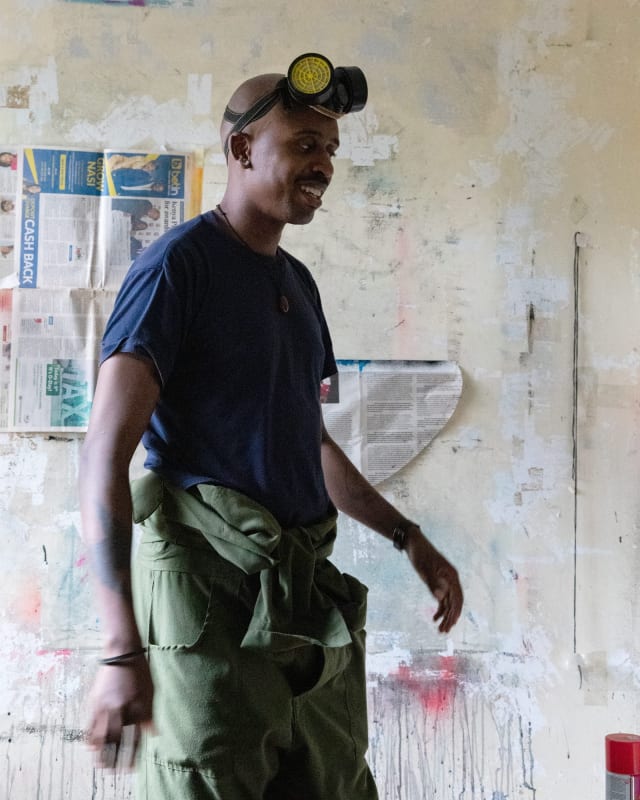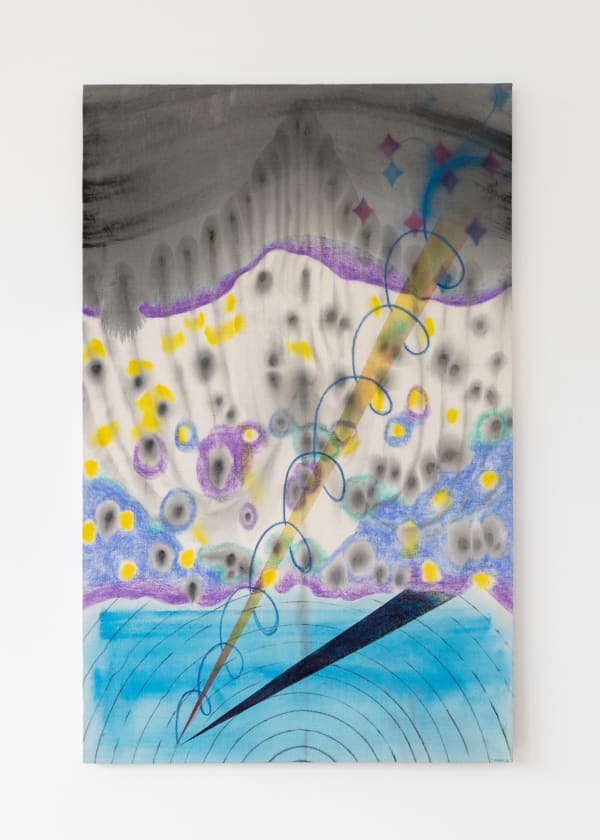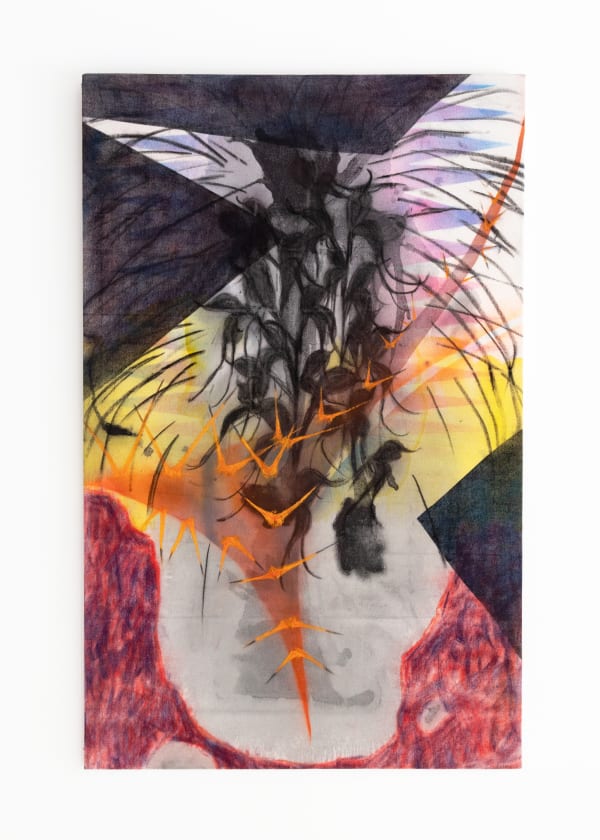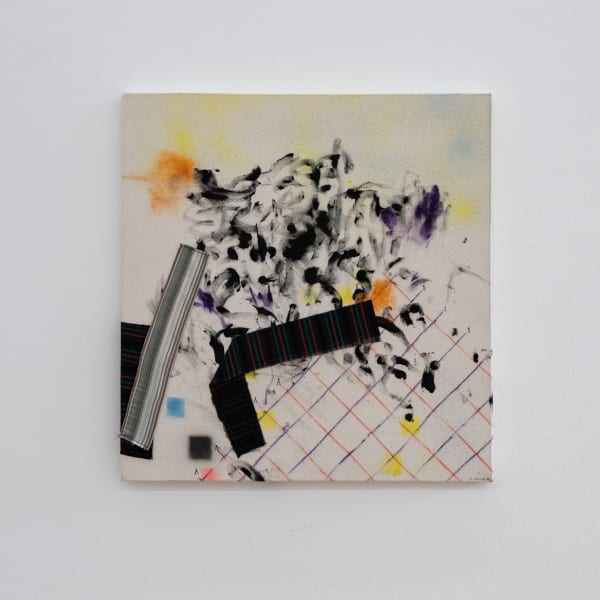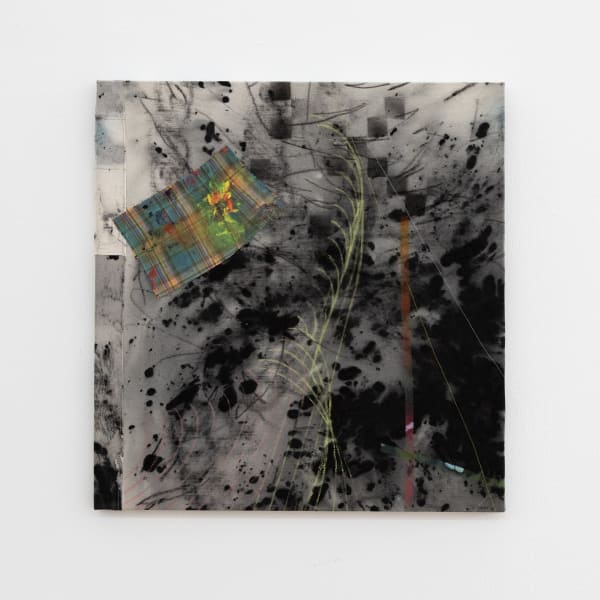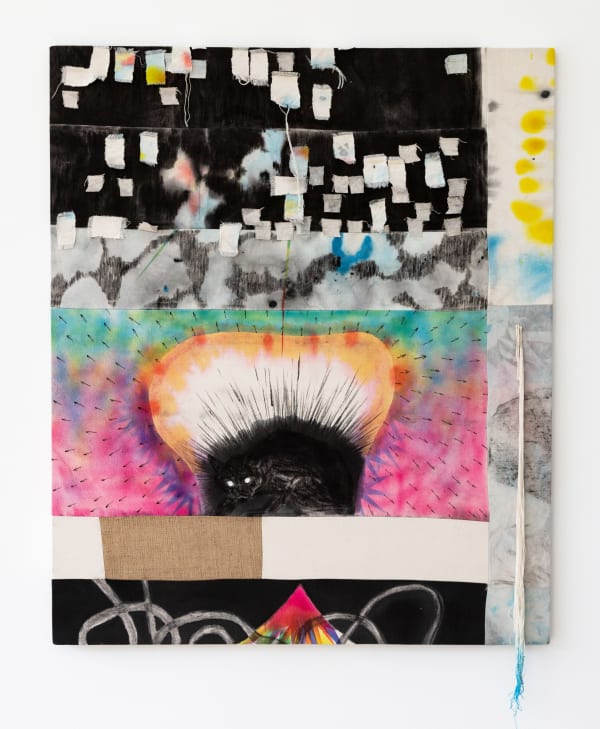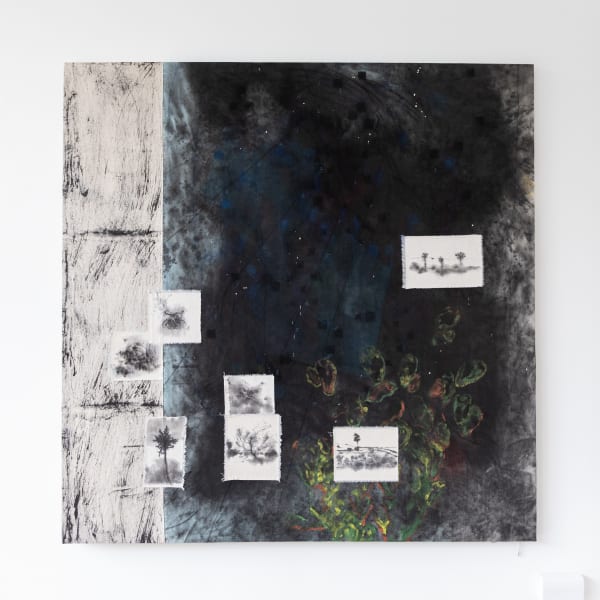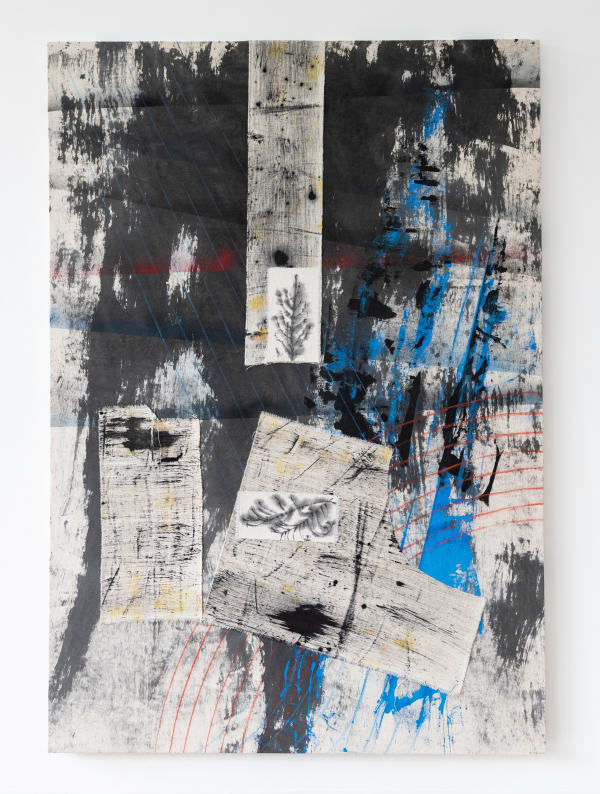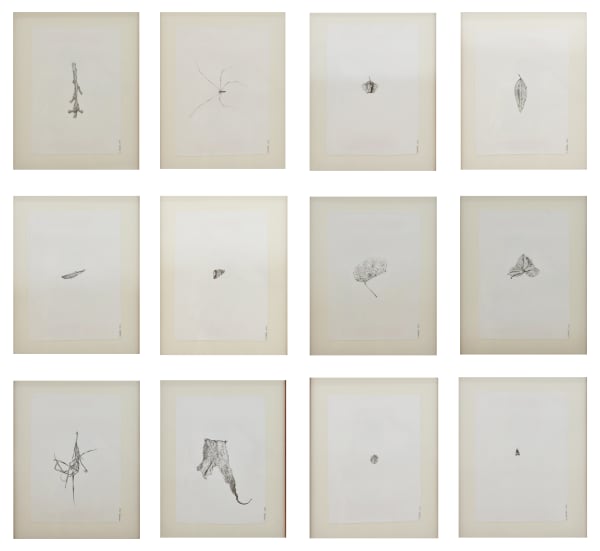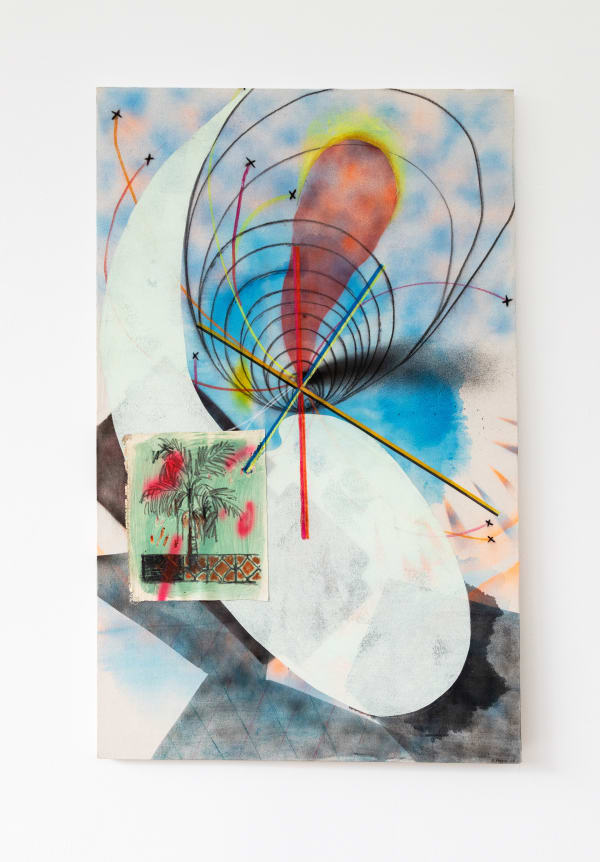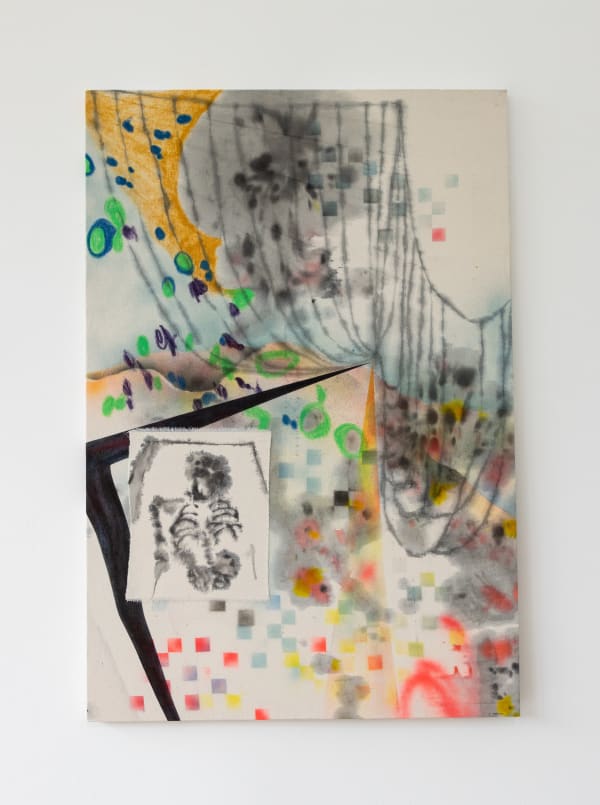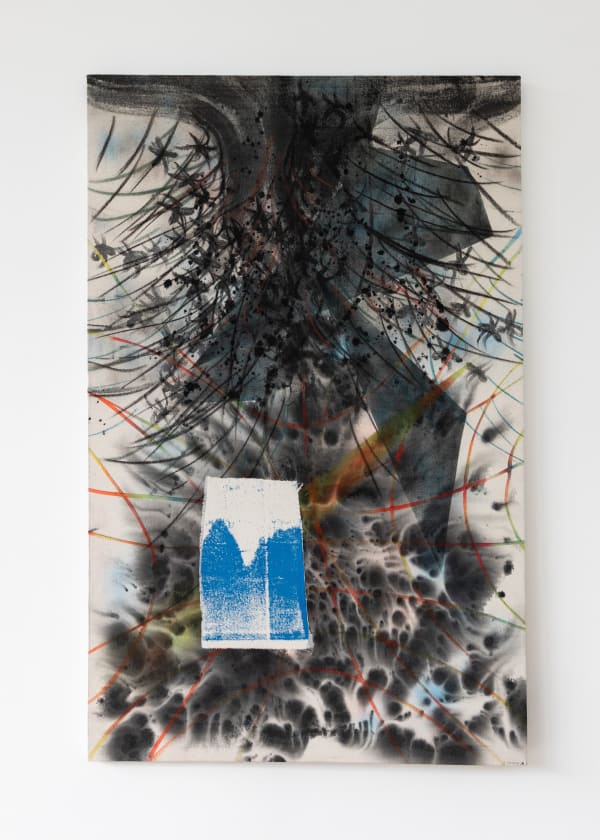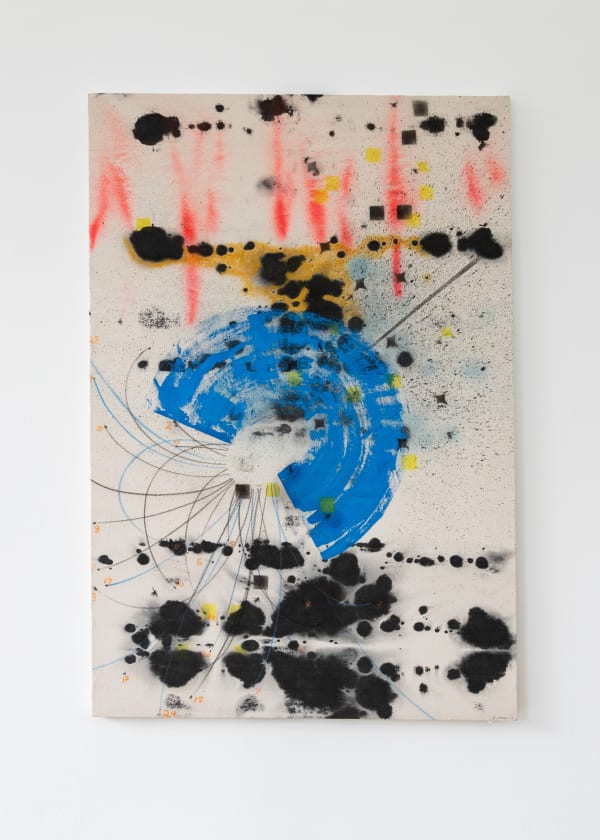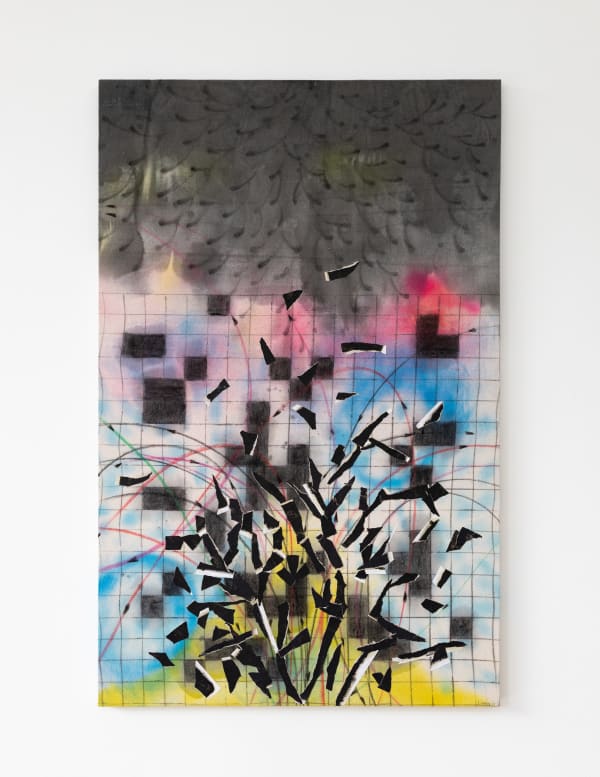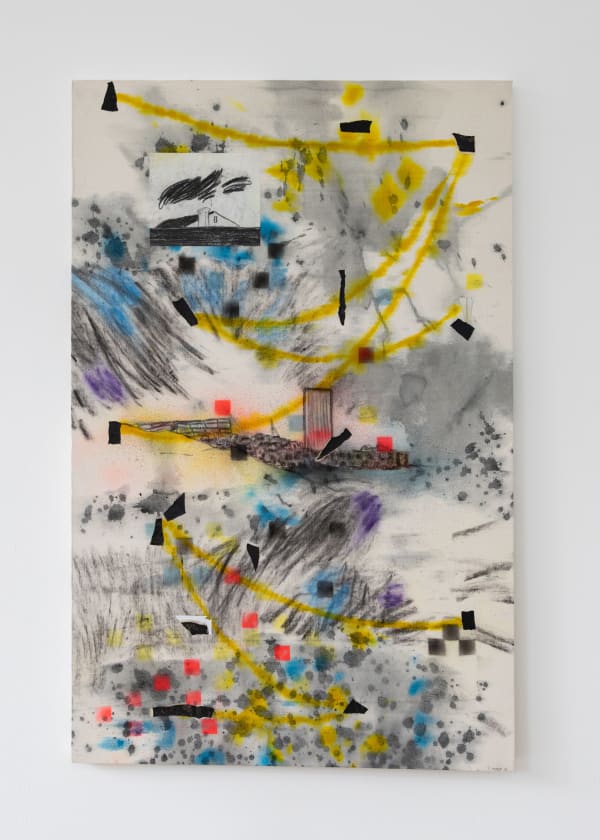Jonathan Sölanke Gathaara Fraser: The Past Will Be Like the Future: Circle Art Gallery
“ I have been thinking with and about the body as a doorway to insight, history, practices of care, connection, violence, beauty and more and more.”
The Past Will Be Like the Future
“ I have been thinking with and about the body as a doorway to insight, history, practices of care, connection, violence, beauty and more and more.”
-Jonathan Sölanke Gathaara Fraser-
Across different cultures and cosmologies, a commonly held theory is that events occur recursively. This idea has been expressed in concepts such as the wheel of time, the ouroboros, reincarnation among other seasonal cycles. Jonathan Solanke Gathaara Fraser’s second solo exhibition, The Past Will Be Like the Future, adds to this school of thought, offering work that speaks to the recurring nature of embodied experience. The process of memory-making, that is, contextualizing and logging an experience, is self-referential and often scientifically mysterious. Artists with gestural practices such as drawing, painting, dancing and playing musical instruments can attest to another kind of consciousness that is somatic, instinctual even, in contrast to rote memorization or intellectualization. Conventional western approaches to education teach that the latter is the privileged mode to learn, and therefore experience life. Fraser’s practice invites us to reconsider this, foregrounding embodied thinking as a way to meet this work spanning drawing, installation, and sound. What does it mean to intergrate the mind-body? What does it mean to disavow dissociation and engage interoceptive sense? What does it mean to trust that which is difficult to name?
“The matter of an artwork is charged with all of the navigations through time and space that we bring to bear on the work surface.”
In a mind map developed in 2023, Fraser teases out a personal relationship to drawing that orients his practice; to draw is to inscribe an experience, to defer or deduce information, to think, to bring in together – each instance guided by attention, care and curiosity. Within this framework, the artist also works with a list of eight restrictions that inform his process considering colour, form and pattern and with these units creates connections and extensions with seemingly disparate parts.
The drawing ushering in the exhibition “Our Lady of Sorrows, HeLa, 2023, was the first work actualized with this structure. Here multiple beads and blots of black and yellow colour form the middle ground against a dark grey wash background and a distressed sky-blue foreground. Other more geometric shapes of concentric circles, elongated triangles, loose spirals and curved diamond forms pulse at different points of the canvas each with varied opacity. From this initial exercise anchored in abstraction, Fraser began to work intuitively to draw together ideas, references and materials. He further signals with the titling of the artwork the rigorous process of engaging complex histories in the context of distorted and unjust power systems.
Henrietta Lacks (referenced in the drawing as HeLa) and Mary Mother of Jesus (referenced as Our Lady of Sorrows) are both women whose bodies are a source of life-saving miracles, and both faced egregious violation of their agency for the purpose of these miracles. HeLa, subjected to racist and sexist medical discrimination with her cells harvested without her consent to be used in genetic, virology and physiology research, and with Mary, mother of Jesus, a more nebulous relationship with regard to agency, and her body as the channel for Jesus’ divine conception. For both the female body exists as a site of dispossession and patriarchal motives. The abstracted and gestural approach tenuously connect the embodied experiences of these two women – via biopsy (for HeLa) and the ‘hand of God’ (for Mary), both echoing the heartbreak of withheld agency, persistent along gendered lines.
What is important about being in the world?
In the book, Our World, poet Mary Oliver writes, “Attention without feeling, I began to learn, is only a report. An openness — an empathy — was necessary if the attention was to matter.” This sensibility of careful (and especially caring) attention to his environment, is one that Fraser commits to in considering context, content and form. In A Deluxe Space-Time event, (2022) Fraser presents multiple studies of live matter in various stages of decay, alongside a vitrine with a selection of these remains. Made in graphite on watercolour paper, the multitude of twenty-four drawings installed in an undulating pattern in pairs, triads, quads, or singularly high and low, read as a drawing in 24 parts. In the gallery, the process of drawing continues with the body.
The audience is invited to come closer, move further, read the work as a unit, or in fragments, as well as relate it to the artworks adjacent to it in the gallery and the physical matter in the vitrine which are the source material for the drawings. You too are implicated, you too are drawing.
Additionally, the monumental drawing installation, ‘A Map of the World’ also exemplifies a continuous and relational approach to drawing. Working on cotton canvas using tempera, charcoal, soft pastel, spray paint, india ink, and shoe polish, the unstretched canvas creates an opportunity for the artist to play with tension and slack actualized by suspending and weighing down the painting at various points, and as a result revealing and masking various parts of the drawing .
A common thread in the making and staging of the artworks is an (in)stability and asymmetry. Clear lines are interrupted by seemingly random intruding– shapes, translucencies, bleeds and pops of colour, gestural marks, and pieces of sewn-on canvas. Fraser makes use of techniques like marouflage, creating stencils and instruments applied to form the alphabet of shapes and marks that make up his visual language. These elements are applied subjectively across different compositions; what is an intrusion in one work might seamlessly blend into another. Also working with sound in similar ways, the soundwork The Past will be Like the Future, similarly the title of the exhibition, commingles with the physical material of the exhibition, both while experienced singularly in close attention or read simultaneuously with the other works, enhancing the immersion of the gallery experience.
For Fraser, the body, his body, is the first point of departure – and also the doorway that invites nuanced and intentional ways of making and being in the world. He too becomes a portal for care and the possibility for mending, counter to systems such as white supremacy, patriarchy and capitalism (all related) that fragment and distort interdependent modes of existence.
Works cited
Fraser, J. S. G. The Past Will Be Like the Future. In one two three thoughts on the body as a doorway. essay, 2025. Retrieved May 2025.
